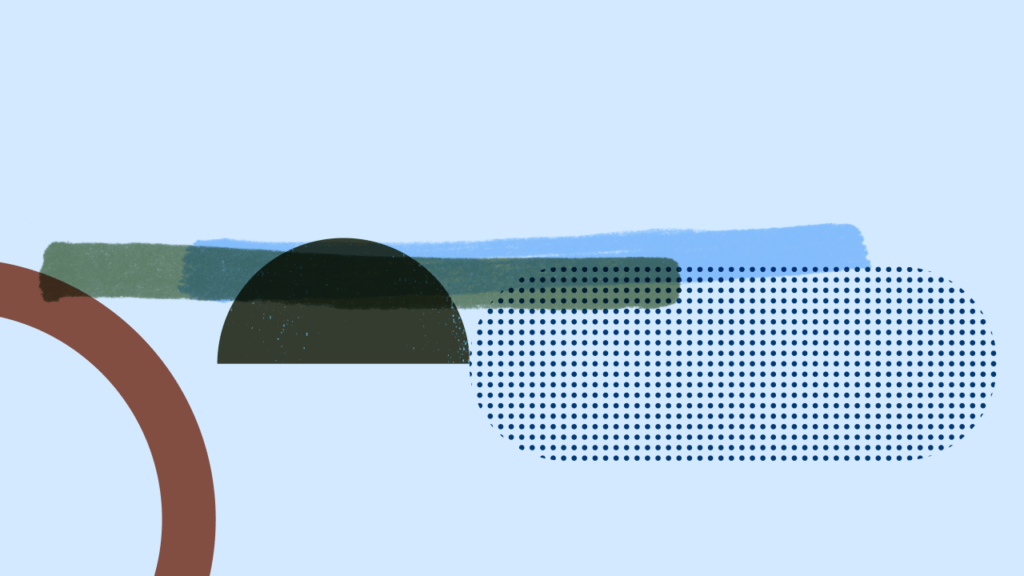Concrete structures play a pivotal role in modern construction, providing the backbone for buildings, bridges, and infrastructure projects. Ensuring the longevity of these structures is crucial for safety, cost-effectiveness, and sustainability. RJT Construction, a leader in the Houston construction industry, specializes in creating durable concrete structures that stand the test of time.
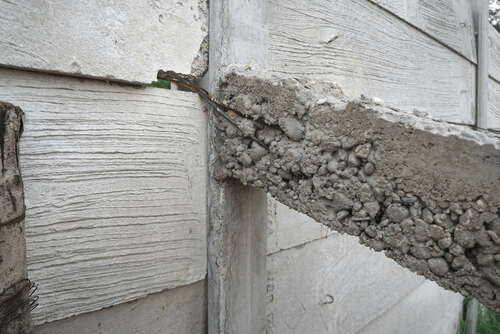
This article delves into the key strategies for enhancing the durability of concrete structures, focusing on best practices, innovative materials, and proactive maintenance. By understanding and addressing the factors that affect concrete longevity, RJT Construction aims to deliver reliable and long-lasting results for all construction projects.
Understanding Concrete Longevity
Concrete longevity refers to the lifespan of concrete structures before they require significant repairs or replacement. The significance of concrete longevity cannot be overstated, as it directly impacts the safety, functionality, and financial efficiency of a construction project. Common issues affecting concrete durability include cracking, spalling, and corrosion of reinforcing steel.
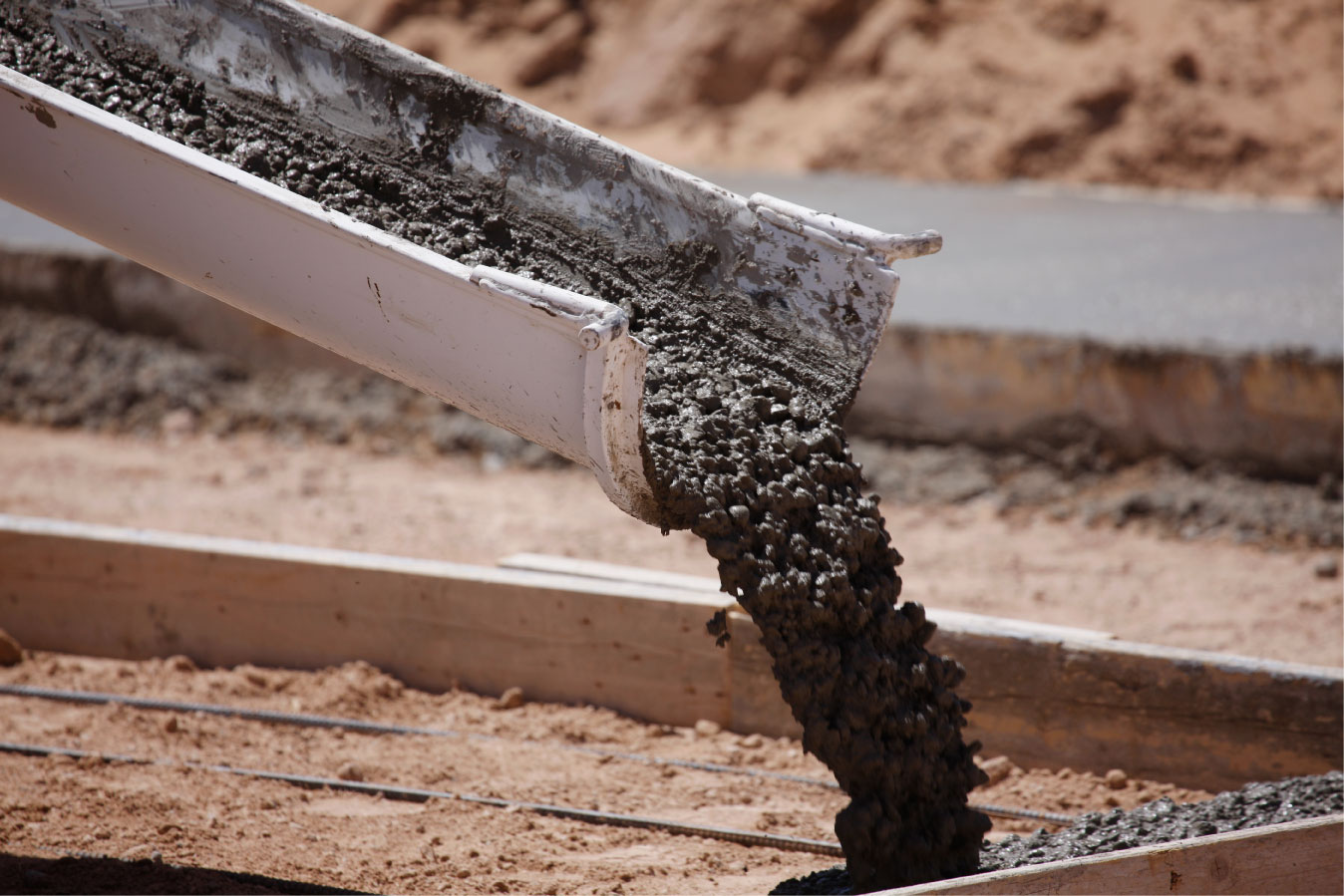
These problems often arise due to poor construction practices, suboptimal concrete mix designs, and environmental stressors. Addressing these issues early in the design and construction phases can greatly extend the service life of concrete structures, ensuring they remain robust and functional for decades.
Factors Affecting Concrete Structures
Environmental Factors
Environmental factors play a significant role in the durability of concrete structures. Weathering action, including freeze-thaw cycles and temperature fluctuations, can cause expansion and contraction in concrete, leading to cracking and surface damage. Additionally, natural disasters such as earthquakes and floods can impose severe stress on concrete structures.
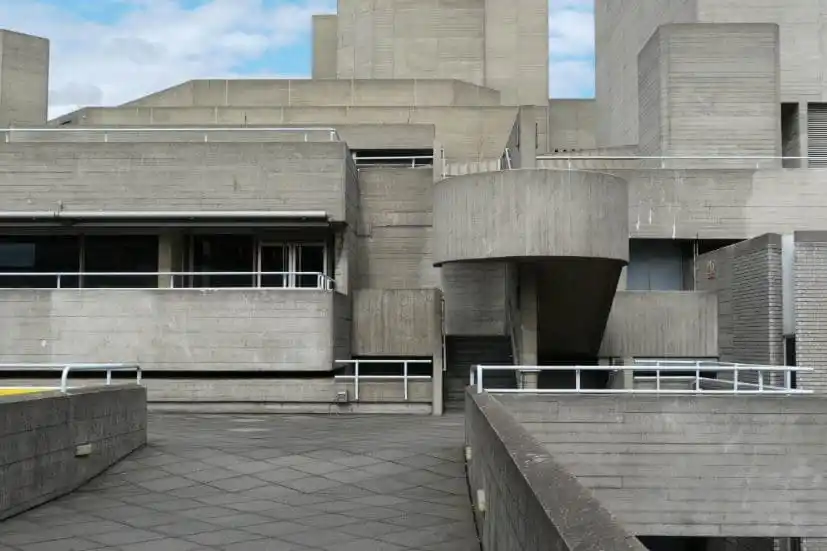
Proper design and the use of protective measures can help mitigate the impact of these environmental challenges, ensuring the longevity of concrete structures even in harsh conditions.
Chemical Factors
Chemical factors also significantly affect the durability of concrete. Exposure to chemical attacks, such as sulfates and chlorides, can degrade concrete and corrode reinforcing steel, compromising structural integrity. Deicing salts used in cold climates can exacerbate this issue by increasing the permeability of concrete, allowing harmful chemicals to penetrate more easily.
Using high-quality materials and protective coatings, as well as employing proper curing practices, can help combat the effects of chemical attacks and ensure the durability of concrete structures.
Key Practices for Enhancing Concrete Durability
Proper Mix Design
Proper mix design is crucial for ensuring the longevity and durability of concrete structures. The composition of the concrete mix significantly influences its strength, workability, and resistance to environmental stressors. Incorporating supplementary cementitious materials (SCMs) such as slag cement and fly ash can enhance concrete durability by improving its density and reducing permeability.
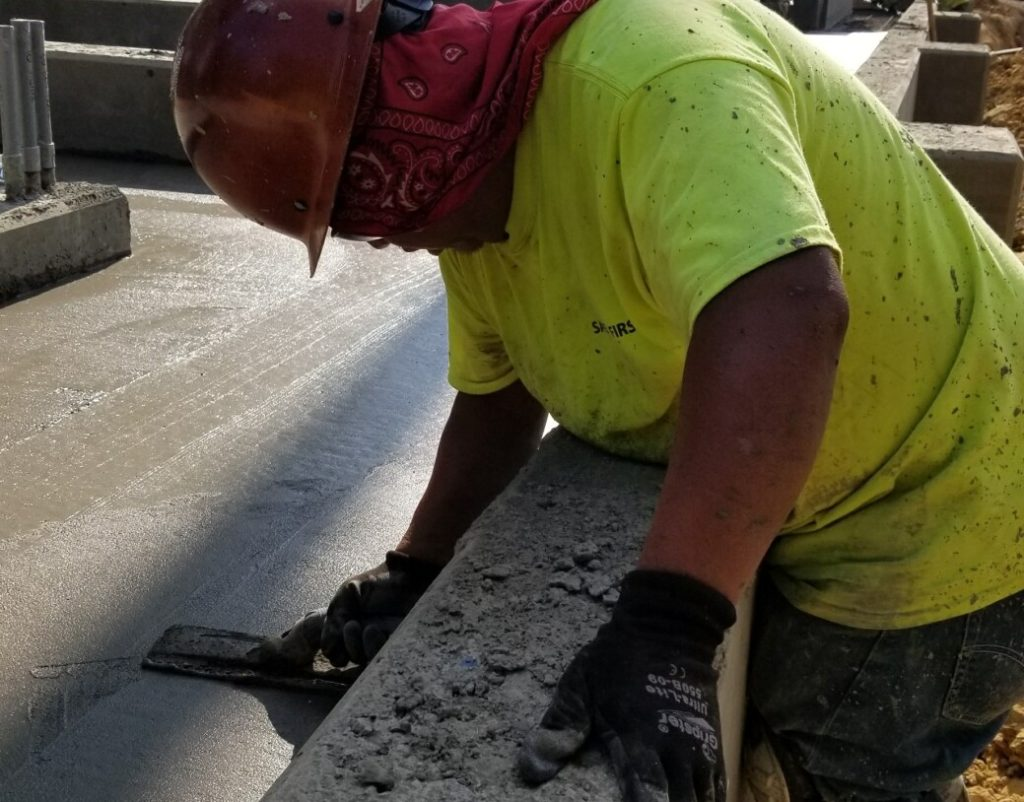
These materials help mitigate issues like cracking and chemical attacks, extending the service life of the concrete. A well-designed concrete mix ensures optimal performance and longevity, making it a fundamental practice in the construction of durable structures.
Use of Reinforcing Steel
Reinforcing steel, commonly known as rebar, is essential in enhancing the strength and durability of concrete structures. The combination of concrete and steel, known as reinforced concrete, leverages the compressive strength of concrete and the tensile strength of steel, resulting in a robust and resilient structure. Reinforcing steel helps prevent cracking and resists various stressors, including load-bearing and environmental impacts.
Proper placement and coating of rebar are crucial to prevent corrosion and ensure the long-term integrity of concrete structures, making reinforced concrete a cornerstone of modern construction practices.
Effective Construction Practices
Curing Practices
Proper curing methods are vital for achieving optimal strength development in concrete. Curing involves maintaining adequate moisture, temperature, and time to allow the concrete to hydrate fully. Effective curing practices prevent premature drying and cracking, ensuring the concrete reaches its desired strength and durability.
Methods such as water curing, using curing compounds, and covering concrete with wet burlap or plastic sheets can help retain moisture and promote uniform curing. Implementing these practices during the initial stages of construction is essential for the long-term performance and durability of concrete structures.
Protective Measures
Using protective coatings and measures is crucial to resist weathering action and environmental stressors. Protective coatings, such as sealants and membranes, create a barrier against moisture, chemicals, and abrasives, significantly enhancing the durability of concrete surfaces.
Additionally, implementing measures like surface treatments and proper drainage systems can prevent water infiltration and reduce the risk of freeze-thaw damage.
These protective strategies help maintain the structural integrity of concrete in harsh environments, ensuring long-lasting performance and reducing maintenance costs over the lifespan of the structure.
Long-Term Maintenance Strategies
Regular Inspections and Upkeep
Regular inspections and upkeep are critical for maintaining the longevity of concrete structures. Routine inspections help identify minor problems, such as cracks, spalling, or signs of corrosion, before they escalate into major issues. Early detection allows for timely repairs, preventing further damage and ensuring the structural integrity of the concrete.
Proactive maintenance, including cleaning, sealing, and minor repairs, can significantly extend the service life of concrete structures. By implementing a regular maintenance schedule, property owners can reduce long-term maintenance costs and enhance the durability and performance of their concrete investments.
Repair and Rehabilitation
Techniques for addressing premature deterioration are essential for maintaining durable concrete structures. Repair and rehabilitation methods, such as epoxy injection for cracks, patching for spalled areas, and cathodic protection for corroded steel, can restore the structural integrity and functionality of concrete. Advanced rehabilitation techniques, like using fiber-reinforced polymers (FRPs) for strengthening and ultra high performance concrete, offer innovative solutions for extending the lifespan of aging concrete structures..
By employing effective repair and rehabilitation strategies, it is possible to mitigate damage, enhance durability, and ensure the long-term performance of concrete structures.
Innovative Materials for Durable Concrete
Supplementary Cementitious Materials
Supplementary cementitious materials (SCMs), such as silica fume and slag cement, offer significant benefits for enhancing concrete durability. These materials improve the microstructure of concrete, reducing its permeability and increasing its resistance to chemical attacks and environmental stressors.
Silica fume enhances the strength and density of concrete, while slag cement contributes to its overall durability and longevity. Incorporating SCMs into concrete mix designs not only improves performance but also promotes sustainability by utilizing industrial by-products.
Advances in Concrete Mixes
Innovations in concrete mix design are continually improving the durability of concrete structures. Advances such as high-performance concrete (HPC) and self-compacting concrete (SCC) offer enhanced workability, strength, and durability. HPC provides superior resistance to mechanical and environmental stressors, while SCC ensures uniform compaction without the need for vibration.
These innovative concrete mixes are designed to meet specific performance requirements, ensuring long-lasting and reliable structures. By leveraging the latest advancements in concrete technology, construction projects can achieve optimal durability and efficiency.

